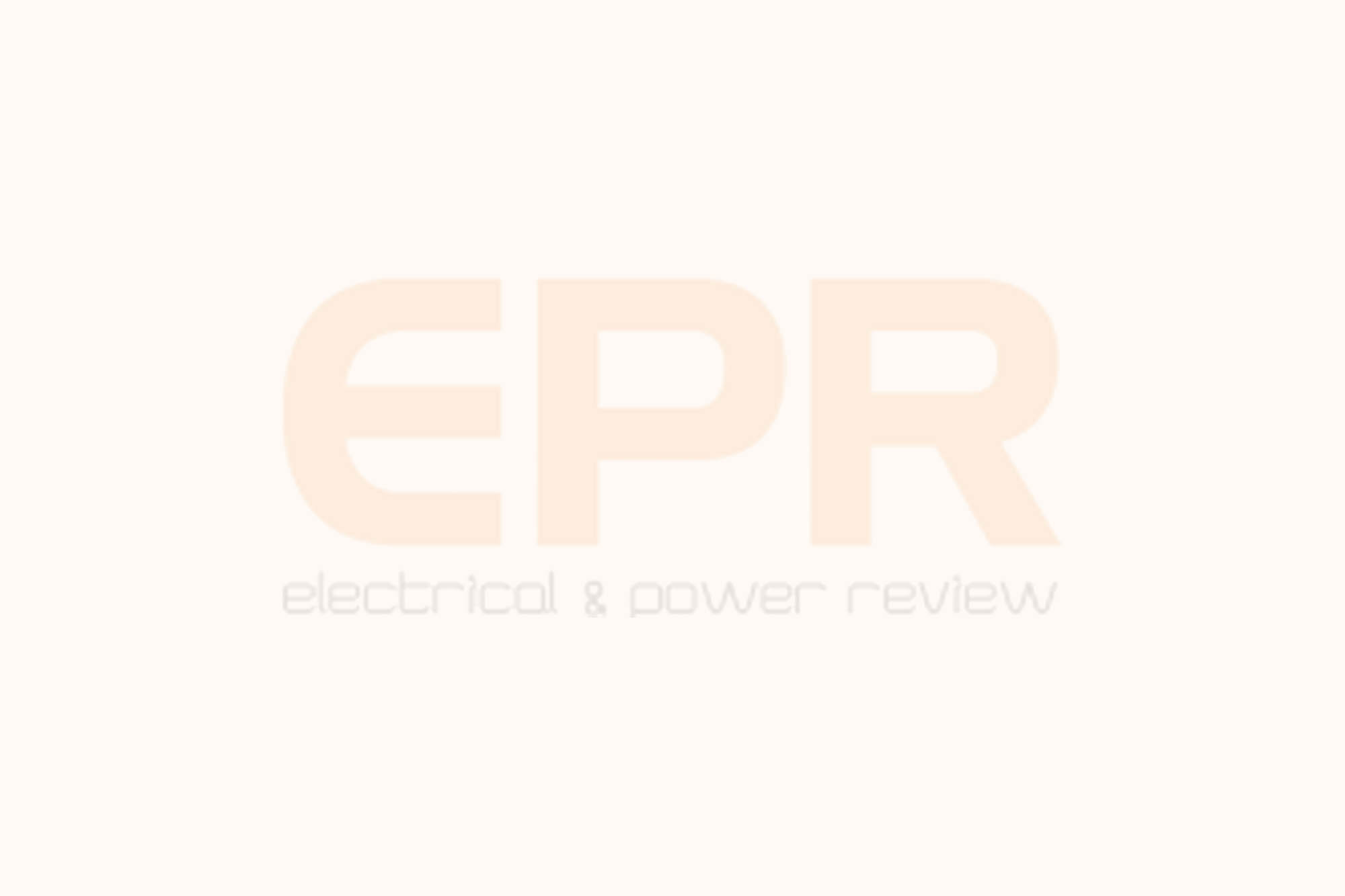High-efficiency distribution transformers
By EPR Magazine Editorial May 21, 2015 6:07 pm IST
By EPR Magazine Editorial May 21, 2015 6:07 pm IST

High-efficiency transformers create economic benefits for the society. Besides reduced greenhouse gas emissions, they improve reliability and give potentially longer service life by bringing down temperature rises through energy-efficiency improvements. India has, by now, adopted the international IEC standards as well as introduced star labelling for selected categories of transformers.
According to Leonardo Energy – Transformers Report, 2005, the global transmission and distribution network losses will lead to global economic loss of more than $61 billion annually and annual greenhouse gas emissions of more than 700 million tonnes. It is estimated that one-third of network losses occur in transformers, and of these transformer losses, 70 per cent occur in distribution transformers. The report estimates that the total electricity lost on utility networks around the world in 2005 was about 1,279 TWh, and of that, distribution transformers consumed 298.4 TWh.
Most power losses occur in the transformer core made up of magnetic steel or in the electrical coils or windings of either aluminium or copper.
Copper reduces load loss, because it is a more efficient conductor. By reducing load loss, Copper wound transformers helps increase profit margins of power distribution companies. Besides, the smaller size of copper transformers saves core steel as well as structural elements, including the tank, oil, cooling equipment and other accessories. And copper being stronger than aluminium, the former withstands stresses better than aluminium, thus, extending the transformer’s life and reducing lifecycle maintenance costs.
The market size for transformers in 2013 was at 2,66,000 MVA in India and has seen an annual growth of 17 per cent year on year. The target for capacity addition during the 12th Five-Year Plan is 88,000 MW.
Promotion of energy-efficient transformers through a number of policy instruments, including Minimum Energy Performance Standards (MEPS), are the most powerful tools to shift the entire market to higher levels of efficiency and ensuring realisation of national benefits of cost-effective energy.
The relevant Indian standard for distribution transformers (DTs) IS:1180/1989 has been revised in the year 2014 as IS:1180 (Part1)/2014 by Bureau of Indian Standard (BIS) thereby superseding IS:1180 (Part 1 and 2)/1989 both for sealed and non-sealed type. In the revised version, the losses at 50 per cent and 100 per cent loading have been incorporated and the scope of the standard has been extended from 100 KVA to 2,500 KVA three-phase and single phase up to 25 KVA rating, at voltage (11 to 33 KV) have also been included to make it a comprehensive standard on DTs.
We use cookies to personalize your experience. By continuing to visit this website you agree to our Terms & Conditions, Privacy Policy and Cookie Policy.
By EPR Magazine Editorial May 21, 2015 6:07 pm IST

High-efficiency transformers create economic benefits for the society. Besides reduced greenhouse gas emissions, they improve reliability and give potentially longer service life by bringing down temperature rises through energy-efficiency improvements. India has, by now, adopted the international IEC standards as well as introduced star labelling for selected categories of transformers.
According to Leonardo Energy – Transformers Report, 2005, the global transmission and distribution network losses will lead to global economic loss of more than $61 billion annually and annual greenhouse gas emissions of more than 700 million tonnes. It is estimated that one-third of network losses occur in transformers, and of these transformer losses, 70 per cent occur in distribution transformers. The report estimates that the total electricity lost on utility networks around the world in 2005 was about 1,279 TWh, and of that, distribution transformers consumed 298.4 TWh.
Most power losses occur in the transformer core made up of magnetic steel or in the electrical coils or windings of either aluminium or copper.
Copper reduces load loss, because it is a more efficient conductor. By reducing load loss, Copper wound transformers helps increase profit margins of power distribution companies. Besides, the smaller size of copper transformers saves core steel as well as structural elements, including the tank, oil, cooling equipment and other accessories. And copper being stronger than aluminium, the former withstands stresses better than aluminium, thus, extending the transformer’s life and reducing lifecycle maintenance costs.
The market size for transformers in 2013 was at 2,66,000 MVA in India and has seen an annual growth of 17 per cent year on year. The target for capacity addition during the 12th Five-Year Plan is 88,000 MW.
Promotion of energy-efficient transformers through a number of policy instruments, including Minimum Energy Performance Standards (MEPS), are the most powerful tools to shift the entire market to higher levels of efficiency and ensuring realisation of national benefits of cost-effective energy.
The relevant Indian standard for distribution transformers (DTs) IS:1180/1989 has been revised in the year 2014 as IS:1180 (Part1)/2014 by Bureau of Indian Standard (BIS) thereby superseding IS:1180 (Part 1 and 2)/1989 both for sealed and non-sealed type. In the revised version, the losses at 50 per cent and 100 per cent loading have been incorporated and the scope of the standard has been extended from 100 KVA to 2,500 KVA three-phase and single phase up to 25 KVA rating, at voltage (11 to 33 KV) have also been included to make it a comprehensive standard on DTs.
We use cookies to personalize your experience. By continuing to visit this website you agree to our Terms & Conditions, Privacy Policy and Cookie Policy.